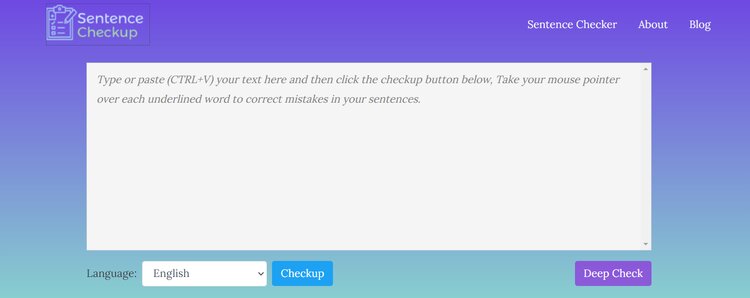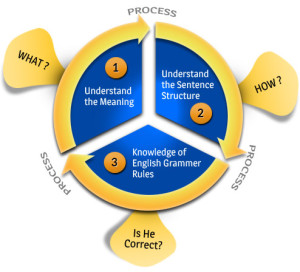
They are used as a rhetorical device or a faithful representation of natural speech. Sentence: The gathering of the tribes was the turning point since it was the first step toward nationhood.Ī word of caution-sentence fragments are quite common in informal and creative writing. A fragment!įragment: Since it was the first step toward nationhood. If a dependent clause is not attached to any sentence, it is incomplete and ungrammatical. But it cannot stand on its own: it must be joined to a complete sentence and is hence called a dependent (or subordinate) clause.

The second usually begins with a subordinating conjunction, such as “because”, “if”, or “while,” and has a subject and predicate.

The first type can stand on its own and is considered a complete sentence, and hence called an independent (or main) clause. Clauses have a subject and predicate, but that does not mean all clauses are sentences. To understand this fragment, let’s first get to know a bit about clauses. Unattached dependent or subordinate clause: This is one of the most common types of fragments.Sentence: Take a little time to cultivate meaningful friendships during your teens. Sentence: Spend a little time cultivating meaningful friendships during your teens.įragment: To cultivate meaningful friendships during your teens. Stand-alone verbal or infinitive phrase: It must be joined to a complete sentence to make sense.įragment: Cultivating meaningful friendships during your teens.

Sentence: We recorded the main events, for example, the keynote addresses by the industry leaders. Sentence: We submitted our abstract for this year’s conference in Singapore.įragment: For example, the keynote addresses by the industry leaders. They have to be attached to a complete sentence.įragment: For this year’s conference in Singapore.

What about imperative sentences? You know? The commands or requests-“Click here!” or “Please check your email”. If either the subject or the predicate is missing, you have no sentence. The predicate (realized…spider) usually begins with the action word, the verb, and goes on to tell you more about the action, like to whom, when, where, why, or how it was done. The subject (Portia) represents someone or something doing an action or being acted upon-in other words, a noun or noun-like word such as a pronoun or gerund (an –ing verb that is actually a noun). Portia realized the power of cooperation over competition while hunting the large spider. This article will help you recognize a sentence fragment and fix it.Ī complete sentence in English is made up of a subject and a predicate.
#SENTENCE FRAGMENT CHECKER HOW TO#
To prevent this from happening, let’s first understand what a complete sentence is, the types of fragments, and how to fix them. An incomplete sentence burdens the reader to guess what the sentence is about or slows down the pace of reading. It is incomplete as it is missing the core components that make it a sentence. Simply put, a sentence fragment is an incomplete sentence. You’ve just come across a sentence fragment. Have you found yourself reading something and then retracing a sentence? Sensing that you missed something? On re-reading, you find that you were right! The sentence is incomplete.


 0 kommentar(er)
0 kommentar(er)
